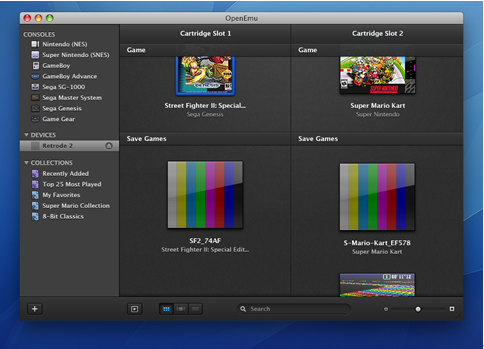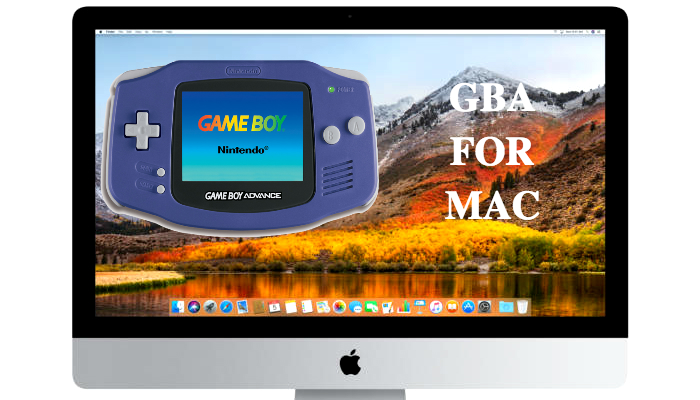
- #MAC MOBILE BROWSER EMULATOR HOW TO#
- #MAC MOBILE BROWSER EMULATOR SIMULATOR#
- #MAC MOBILE BROWSER EMULATOR FREE#
#MAC MOBILE BROWSER EMULATOR SIMULATOR#
You can pinch-zoom/swipe in the iOS simulator by holding the Opt key and clicking + dragging your mouse cursor. Select your device at the top of the device menu.In Xcode, activate the Run Destination button.Plug in your iPhone or iPad into your macOS based computer.With this, you should be able to use VoiceOver natively and conduct other tests, such as using the Rotor. The last option to test is to load the app onto your own physical device. In order to interact with clickable items in the app, use the VO + Space key.

From here you'll be able to use the Virtual Cursor to move between items on the screen. To do this, set keyboard focus on the simulator window then enable VoiceOver. While VoiceOver is not available directly in the Xcode simulator, it is possible to run VoiceOver from macOS to test your app. Review data in the Advanced portion for more technical details, such as the current component state. You can gather useful information from the Basic portion of the window. In the Accessibility Inspector window, click the cross-hair icon (point inspection button ) then hover over the UI to be tested. Open the accessibility inspector by going to Xcode → Open Developer Tool → Accessibility Inspector. Use it to inspect pieces of the app UI to test for things like a component label and role, or state. The Xcode Accessibility Inspector is a tool much like a web inspector found in a modern browser. If your native app is running in the Xcode simulator, there are three ways you can go about testing the user interface for accessibility issues. Note: The options available under the Rotor are context-sensitive not all options will be available all of the time.
#MAC MOBILE BROWSER EMULATOR FREE#
You are free to explore in any direction. This will cause the screen reader to announce the item which is currently under your finger.
#MAC MOBILE BROWSER EMULATOR HOW TO#
Otherwise, you may get stuck and not know how to return.īoth iOS and Android feature a similar base set of gestures when it comes to navigation finding and activating a control on the screen. It's important to understand the basics of using a mobile screen reader before you enable one for the first time. Let's review how to test on the two major platforms iOS and Android. Whether building an experience for the browser, a native application, or both via React Native, knowing how to test your app is a critical piece of the project lifecycle. Perhaps even more critical now since so many people access the web via handheld device only.


Testing web sites and native apps on mobile devices is just as important as testing on a desktop.


 0 kommentar(er)
0 kommentar(er)
